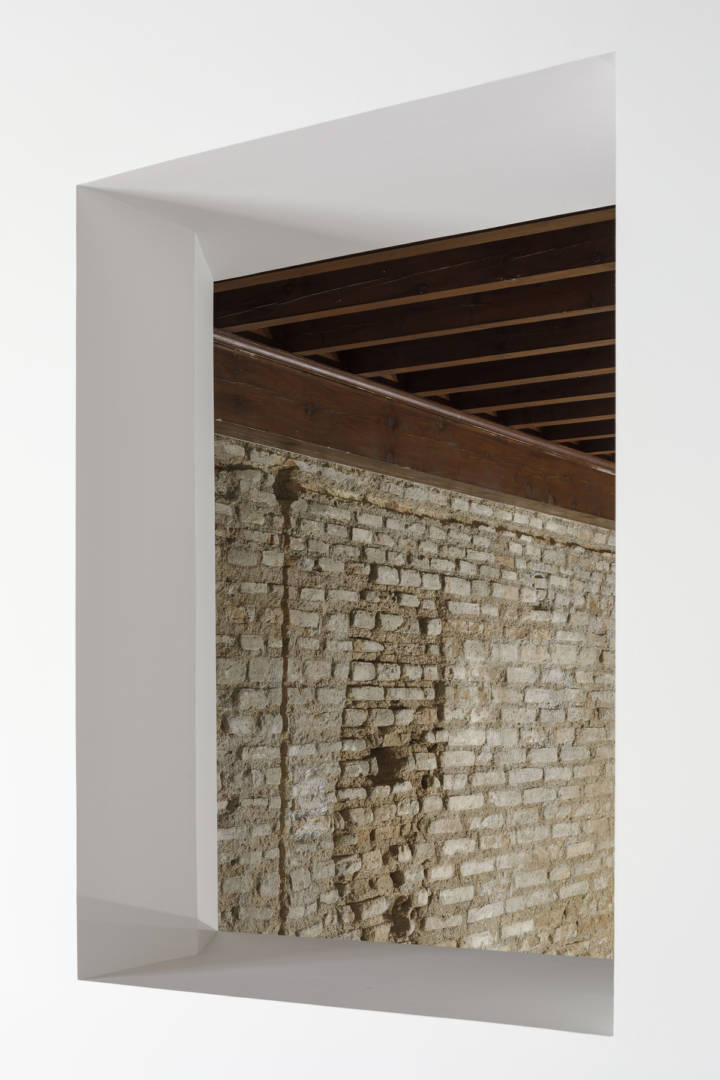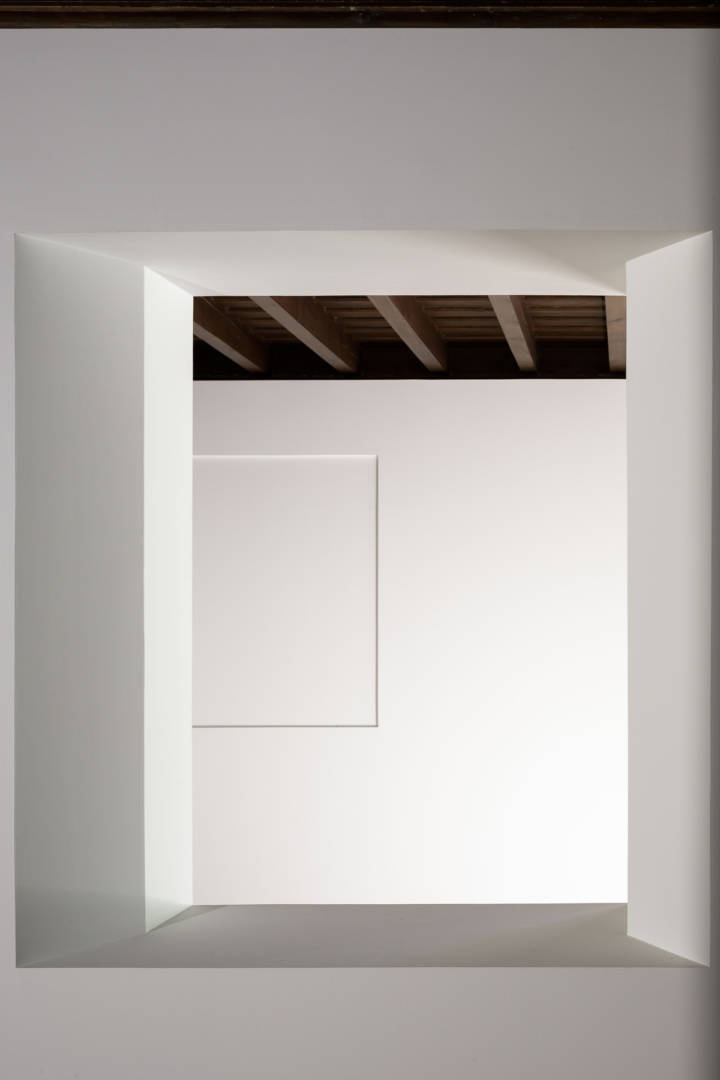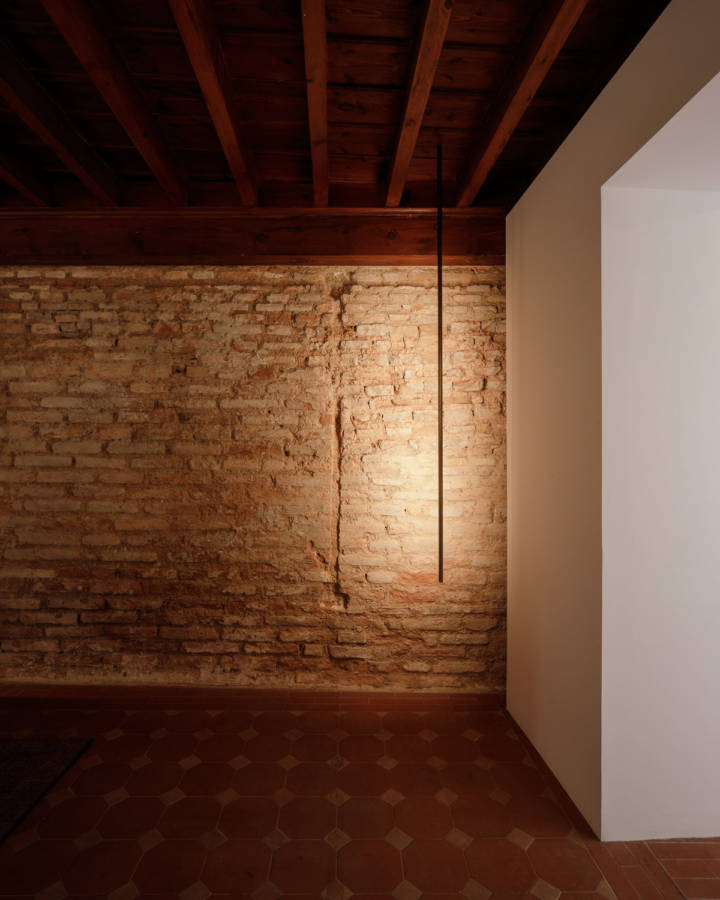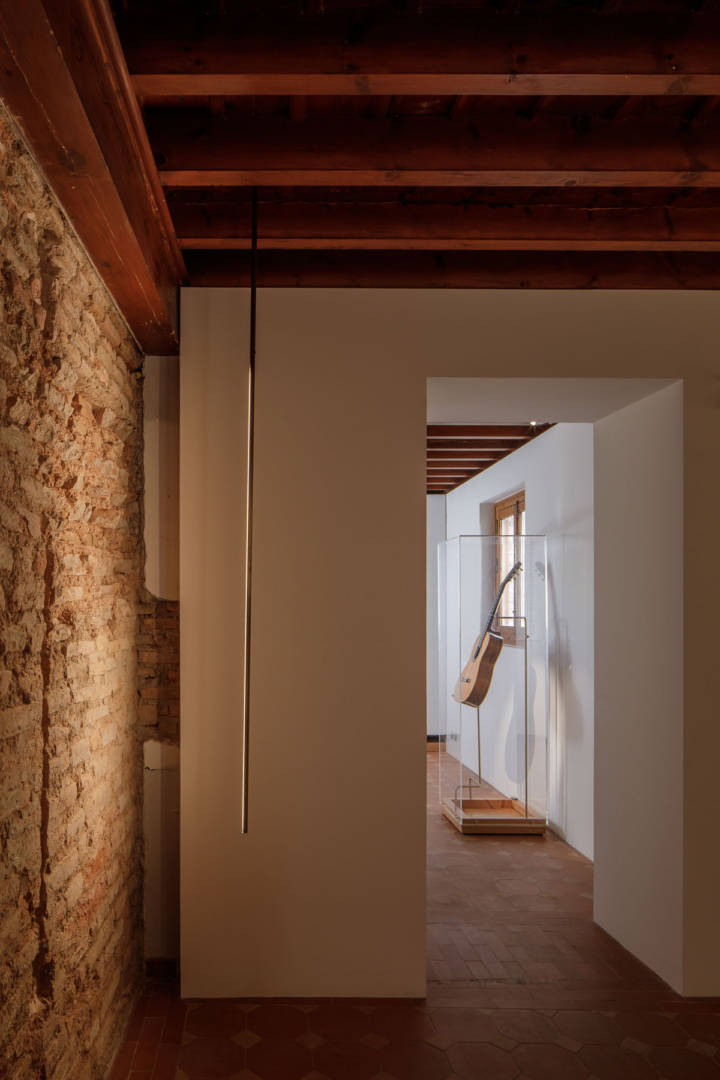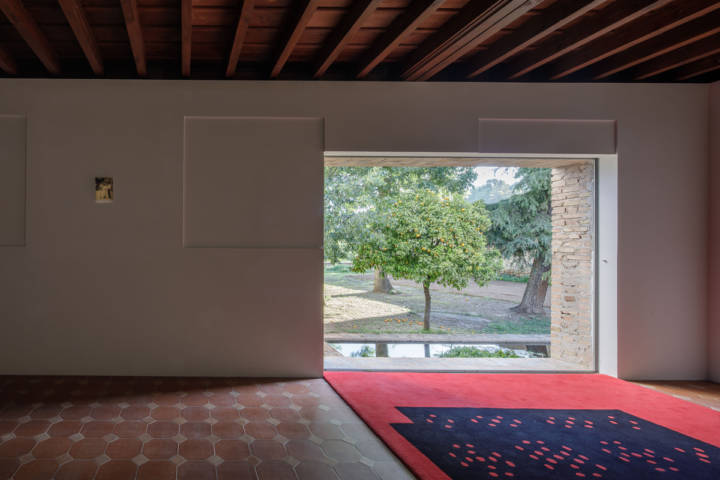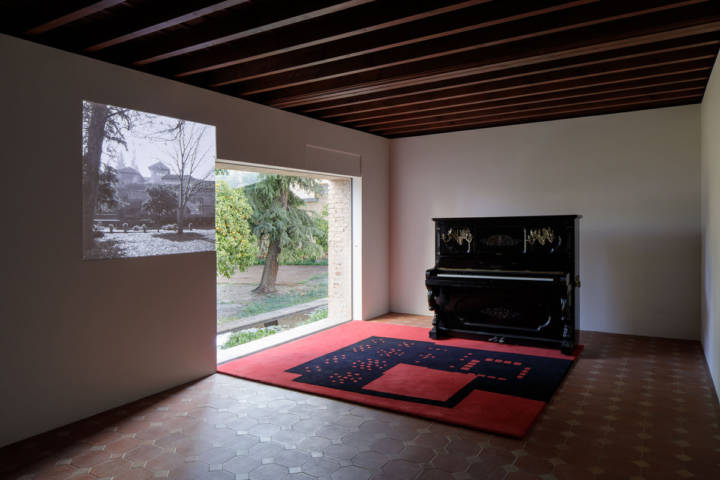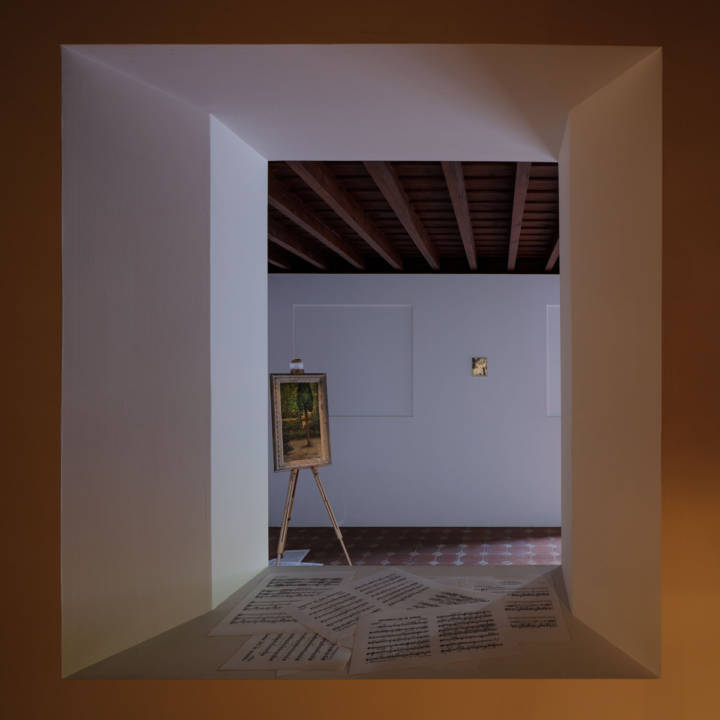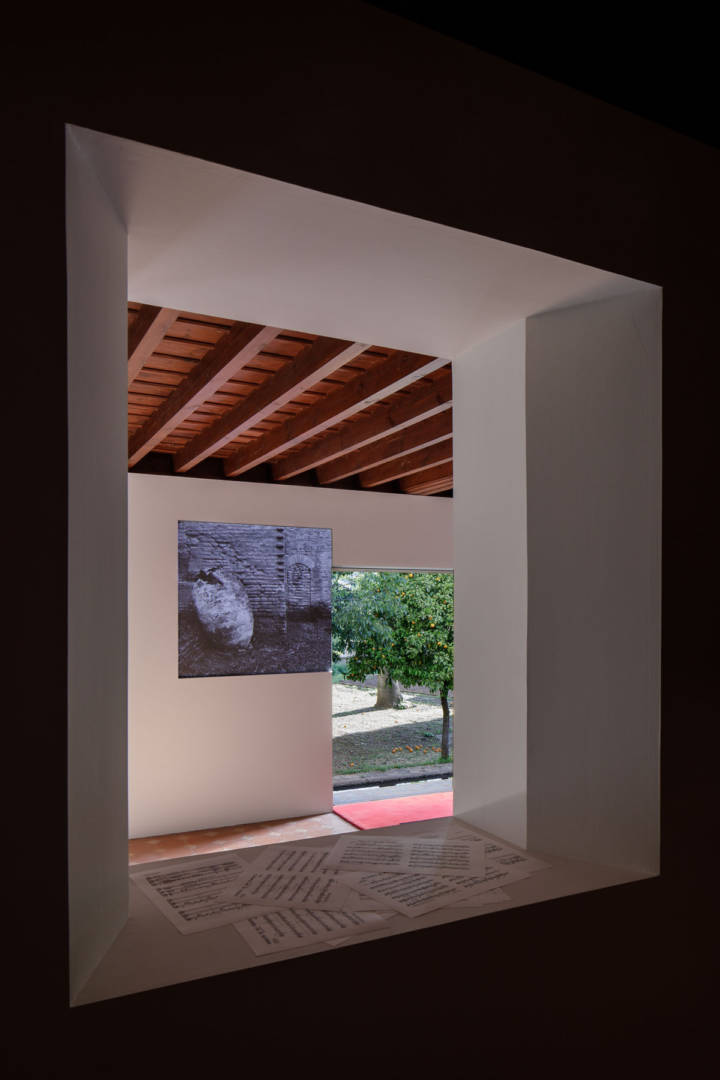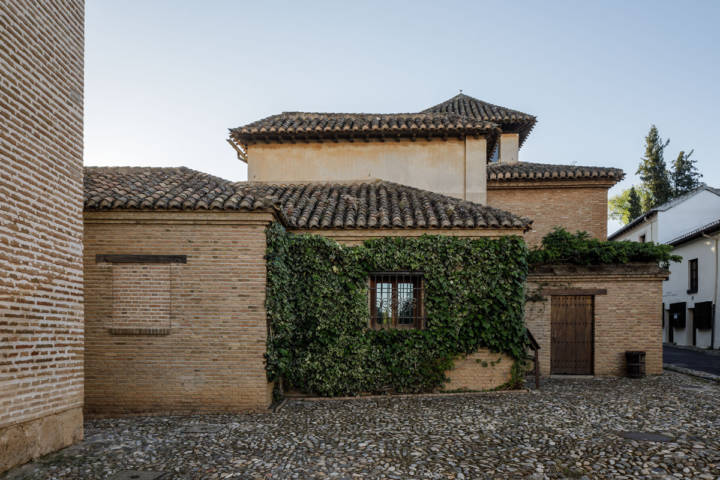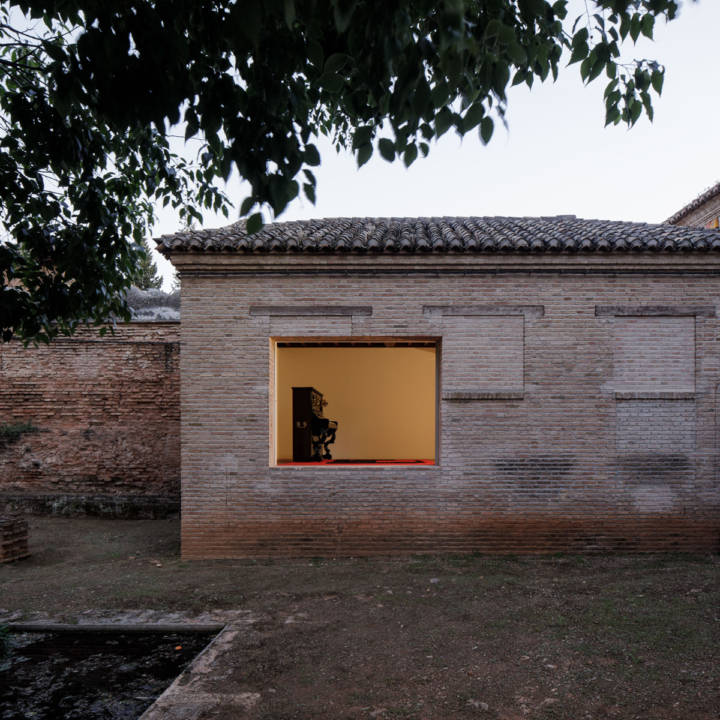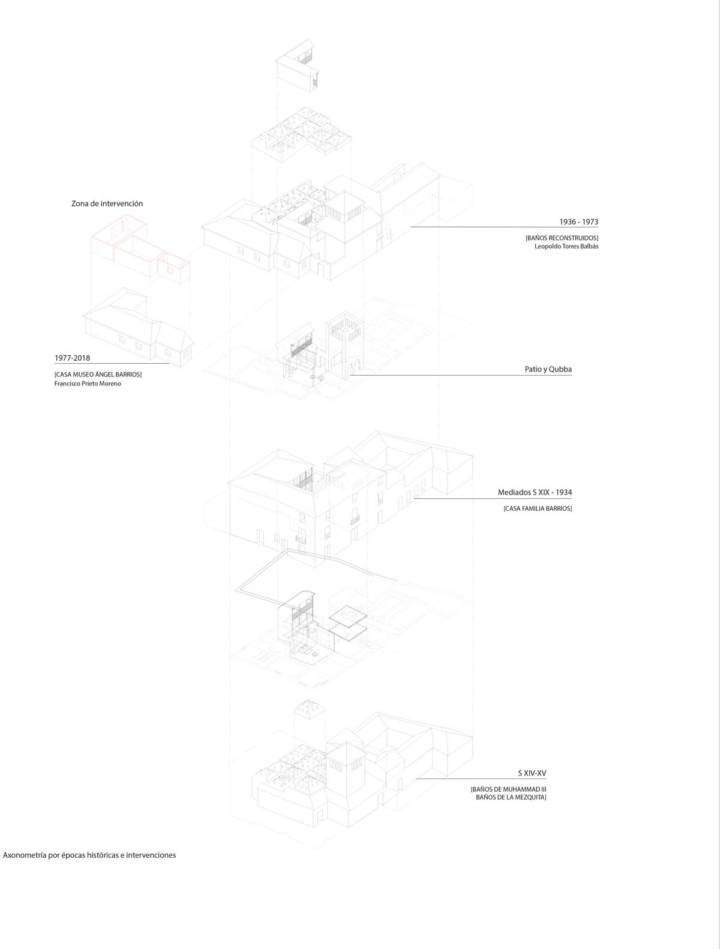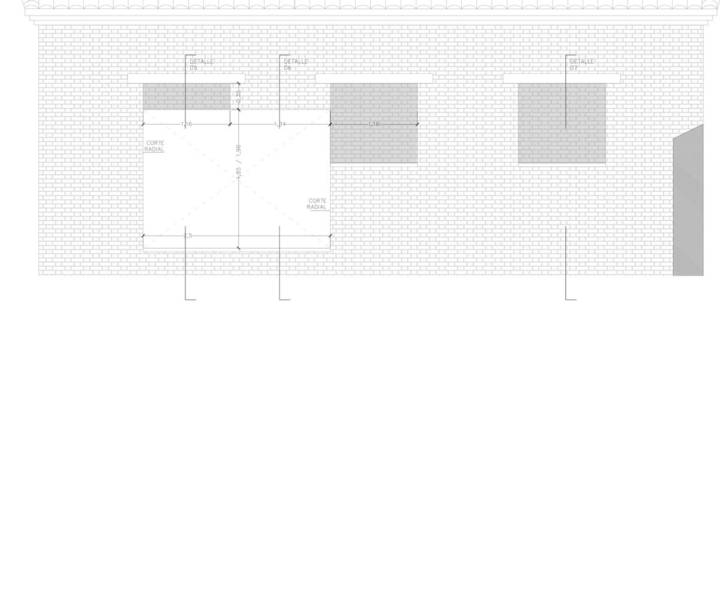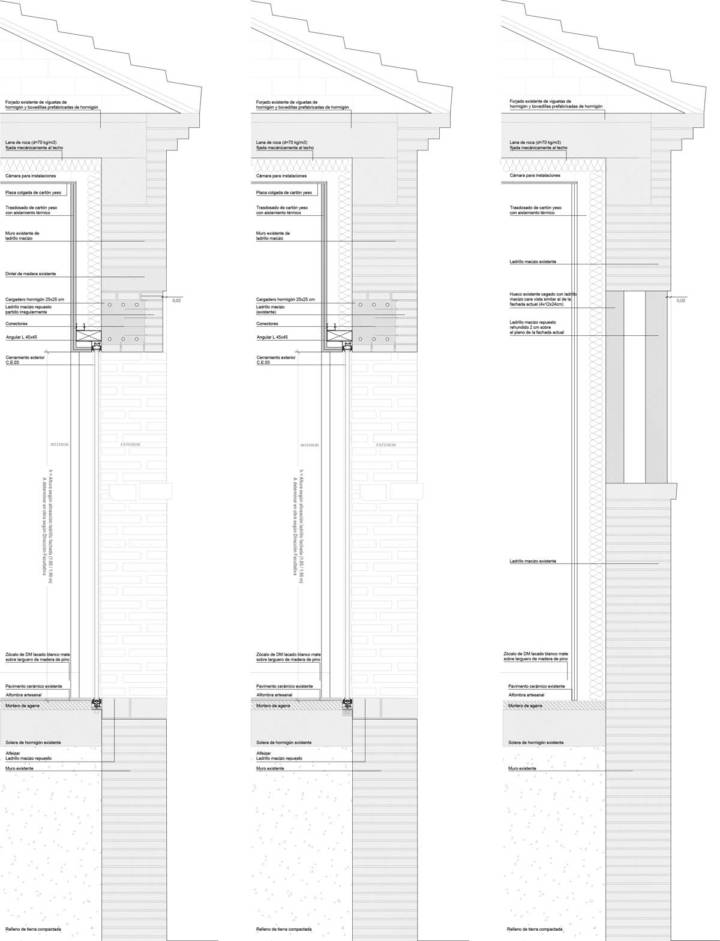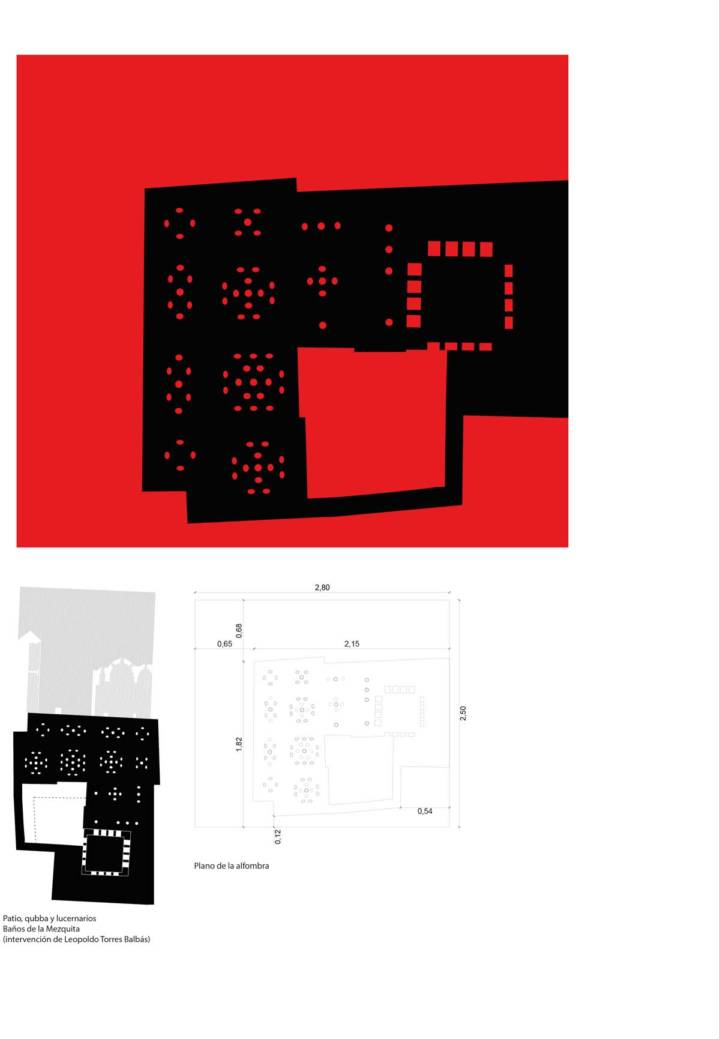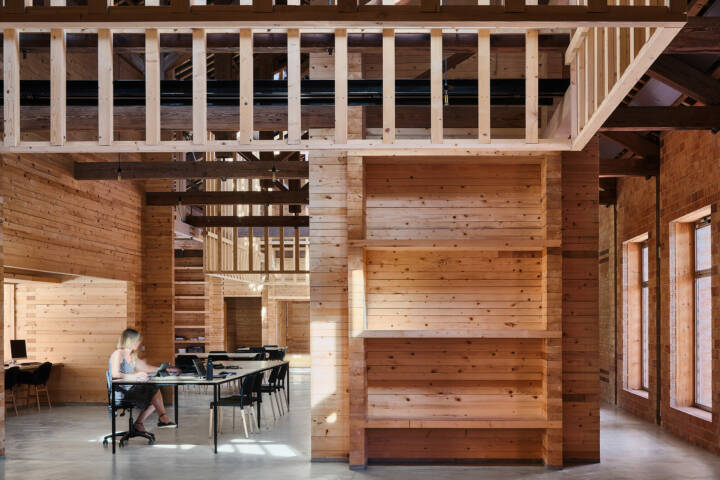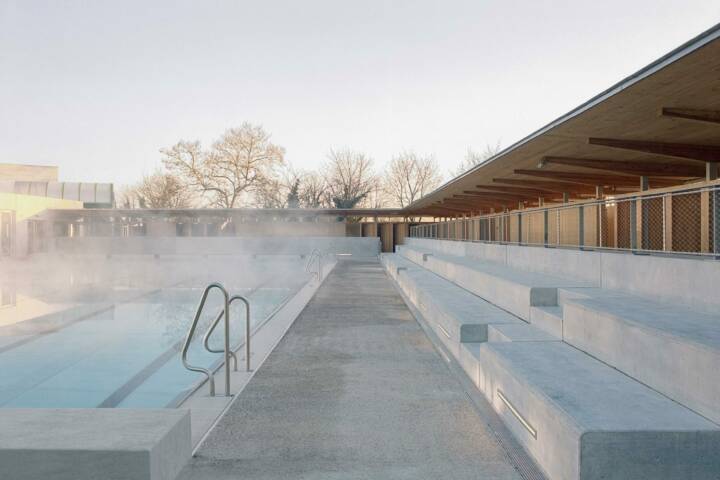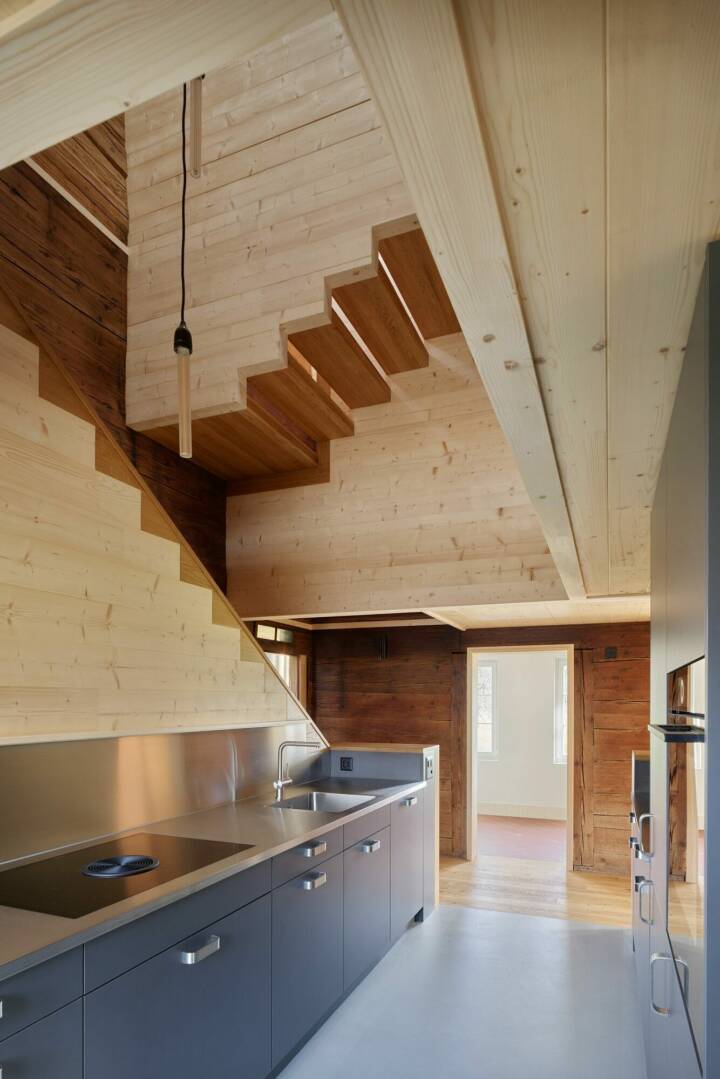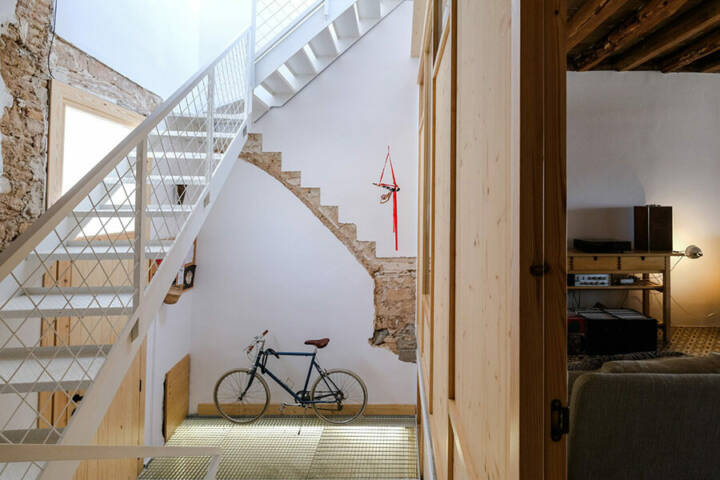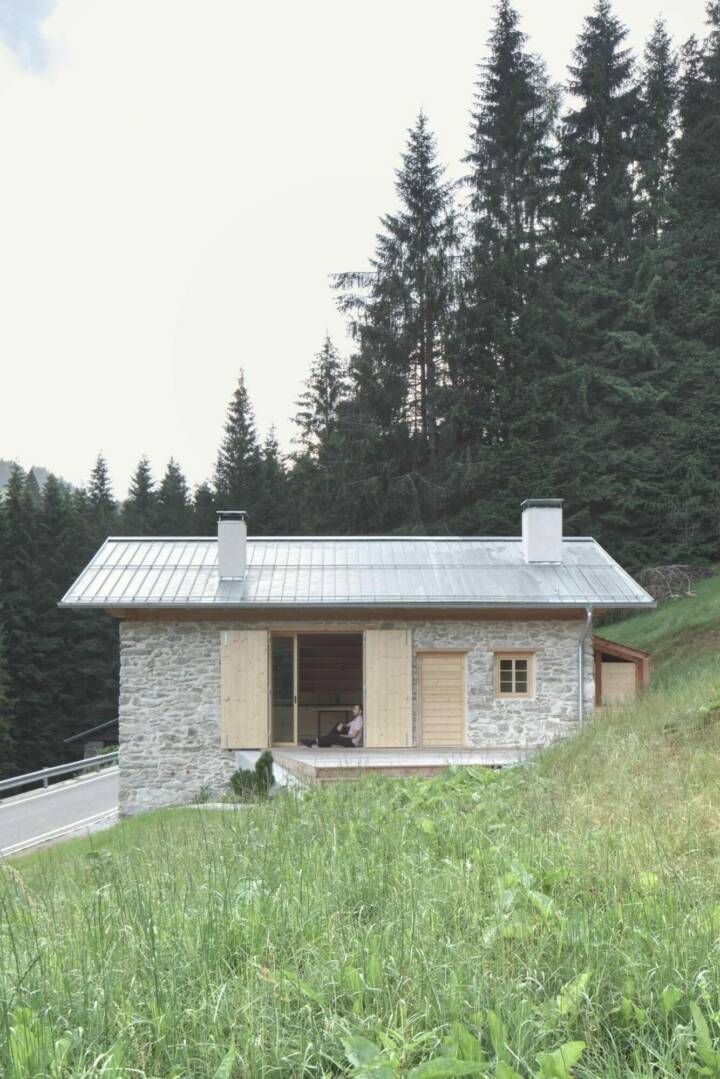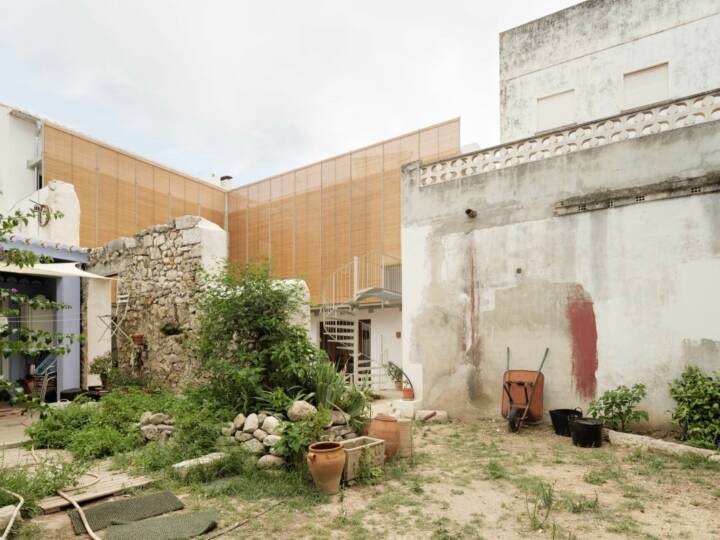Architects: Juan Domingo Santos Photography: Fernando Alda Construction Period: 2021 Location: Granada, Spain
The Christian conquest of the Alhambra in 1492 meant the transformation of some of its architecture into private houses. In the case of the Bath of the Mosque, the Islamic construction was radically adapted to a patio house with a garden located on archaeological remains. Between 1883 and 1934 the Barrios family settled in this place, which became a meeting place for artists, poets and musicians such as Sargent, Lorca or Falla, a cultural focus of city life and the Alhambra before the reconstruction of the Islamic Bath. by Leopoldo Torres Balbás at the beginning of the 20th century in a process of historical restitution of the monument. Later, during the 1970s, a new building attached to the Islamic Bath by the architect-conservator of the monument, Francisco Prieto Moreno, was built to house the legacy of the Barrios family as a testimony of their time in that place. The new construction altered the conception of this historic environment and modified the original access and route of the Islamic Bath.
Read MoreCloseIn this context of successive transformations and architectural alterations throughout history, an intervention has been carried out in order to establish a reading that reveals the events of this place and its relationship with architecture and landscape. The recovery carried out by the architect Juan Domingo Santos is based on the diachronic interpretation of the history of this area through the value of architectural pre-existences, domestic objects and their artistic and interpretive dimension. A set of elements and actions that are located between architectural restoration and artistic installation, and whose relationships extend the memory of the place to the present. The music of the artist Ángel Barrios and his instruments (the piano and the guitar), portraits and landscape paintings of the Alhambra, photographs and family objects coexist in a setting of diverse elements under a private and intimate atmosphere. The intervention is not limited only to architecture, it also incorporates the Alamedilla garden and the remains of a water pool from an old Nasrid palace that are intended to be recovered for public visits and the celebration of musical evenings between the trees and the ruins. medieval in continuity with the nearby gardens of El Partal.
The intervention respects the ancient structure of this heritage complex and begins with a tour that relates the spaces of the Bath, the remains of an old medieval wall from the 13th century and the vision of the Alamedilla archaeological garden in this sequential order, making visible the three most significant elements. The objects and a series of architectural performances on the buildings articulate this emotional walk through history with the artist’s music in the background and the sounds and images projected from the garden. The intervention is carried out from a series of existing windows and other new ones that structure the space and organize the route. The recovery of an old window of the house hidden in an interior wall and the opening of a newly created large window, provide a sequence of perspectives linked to axis and foreshortening, a frequent solution in Nasrid palaces that house rooms connected to each other and with the landscape as belvederes. The new window-viewpoint over the Alamedilla garden is made in the brick wall built in the seventies, blocking the original holes in the façade that remain insinuated as evidence of a previous intervention. This bay window and a carpet with the drawing of the Islamic Bath and the musician’s piano on it, extend the presence of the garden and the view of the pool into the rooms.
Text provided by the architect.


